Orthopedic surgery sounds daunting. Many people feel nervous. Misconceptions often fuel these fears. You hear many stories. Not all of them are true. Understanding the reality helps immensely. Modern techniques are less invasive. Recovery is often faster now. Debunking myths brings peace of mind. Get facts, not just anecdotes.
Misconceptions often fuel these fears.
Orthopedic surgery touches bones and joints. The idea alone can cause worry. People form ideas from old tales. Internet rumors spread quickly. These myths create unnecessary anxiety. They might delay needed treatment. Accurate information is truly important. It empowers good health decisions. Dispel the shadows of doubt.
Understanding the reality helps immensely.
Knowledge makes a difference. Learning facts replaces unfounded fears. Modern orthopedics has progressed. Techniques are far more refined. Surgeons use advanced tools. Outcomes are steadily improving. Knowing this offers great comfort. It allows for clearer decision-making. Embrace the truth about care.
Modern techniques are less invasive.
Gone are the days of huge cuts. Many procedures are minimally invasive. Arthroscopy uses small incisions. Robot-assisted surgery is precise. Endoscopic techniques are also common. This means less tissue damage. Less pain usually follows. Recovery times are often reduced. It’s a significant improvement.
Recovery is often faster now.
Thanks to new methods. Patients get back on their feet quicker. Less tissue disruption aids healing. Better pain management helps too. Enhanced rehabilitation protocols guide recovery. Physical therapy starts early. This active approach accelerates progress. It’s a focus on speedy return. You’ll be moving sooner.
Debunking myths brings peace of mind.
Facts calm anxious minds. Separating truth from fiction empowers you. Knowing what to expect is invaluable. It builds trust in your surgeon. It fosters a positive mindset. This mental peace aids healing. It reduces pre-op stress. Seek accurate, reliable information. Your journey will be smoother.
Myth 1: Surgery Is Always the Last Resort
Many believe surgery is ultimate. It’s often considered after other options. Physical therapy is usually first. Medications might be prescribed. Injections can provide temporary relief. However, sometimes surgery is best. For severe injuries, it’s immediate. A ruptured ACL needs repair. Don’t always delay necessary care.
It’s often considered after other options.
Conservative treatments are initial steps. Doctors explore non-surgical solutions first. Rest, ice, compression, elevation (RICE). Over-the-counter pain relievers help. Custom orthotics can provide support. These aim to reduce pain. They try to restore function. If these fail, surgery is discussed. It’s a methodical approach.
For severe injuries, it’s immediate.
Some conditions demand quick action. A broken bone needs fixing. A complete tendon tear requires repair. Joint instability from major damage. These aren’t responsive to therapy alone. Delaying can cause worse problems. It might complicate future repairs. Surgeons act promptly in these cases. Immediate surgery saves function.
Myth 2: Recovery Is Always Long and Painful
This is a common misconception. Pain management has greatly improved. Anesthesia is more advanced. Post-op pain is well controlled. Physical therapy starts early. This helps with pain and motion. Recovery time varies greatly. Some are back in weeks. Complex cases take longer. But it’s not always prolonged suffering.
Pain management has greatly improved.
Doctors use multimodal approaches. Different medications target pain pathways. Nerve blocks numb specific areas. Local anesthetics offer lasting relief. Less opioid use is encouraged. This minimizes side effects. Patient comfort is a priority. You won’t be left in agony. Discuss your pain plan beforehand.
Recovery time varies greatly.
Every person heals differently. The type of surgery matters immensely. A simple arthroscopy versus a joint replacement. Age and overall health play a role. Adherence to physical therapy is key. Don’t compare your journey. Focus on your personal progress. Celebrate small milestones often. Trust your body’s healing pace.
Myth 3: All Orthopedic Surgeons Are the Same
This is simply not true. Orthopedic surgery has many specialties. Some focus on hands and wrists. Others on spines or hips. Sports medicine is another area. Finding a specialist is crucial. They have deep expertise. They perform specific procedures often. Choose a surgeon experienced in your condition. Ask about their focus areas.
Orthopedic surgery has many specialties.
The field is highly diversified. It requires extensive training. Foot and ankle surgeons exist. Pediatric orthopedics helps children. Trauma surgeons handle emergencies. Tumor specialists treat bone cancers. Each area demands unique skills. General orthopedists are valuable. But complex issues benefit from specialists. Research your surgeon’s niche.
Choose a surgeon experienced in your condition.
Expertise matters greatly. Find someone with a proven track record. Ask about their success rates. Inquire about their case volume. A surgeon who performs many of your procedure. They are more familiar with nuances. They handle complications better. This experience translates to better outcomes. Your choice is a crucial one.
Myth 4: Older Patients Can’t Have Surgery
Age is less of a barrier now. Overall health matters more than age. Many active seniors benefit greatly. Joint replacements improve quality of life. Anesthesia is safer for elders. Pre-operative assessments are thorough. They ensure patients are good candidates. Don’t let age be a limiting factor. Discuss your fitness with your doctor.
Overall health matters more than age.
A healthy 80-year-old fares well. A frail 50-year-old might face more risks. Doctors assess heart health. They check lung function. They manage chronic conditions. Optimizing health before surgery helps. This careful evaluation is key. It ensures patient safety. Age is just one number considered.
Joint replacements improve quality of life.
Many older adults suffer from arthritis. Severe joint pain limits mobility. Replacements restore function. They alleviate chronic pain. Patients regain independence. They can return to favorite activities. This significantly enhances well-being. It’s not just about survival. It’s about living fully.
Myth 5: Surgery Is a Cure-All
Surgery fixes specific problems. It’s not a magic bullet. It won’t solve all your pain. Rehabilitation is vital afterwards. Lifestyle changes are often needed. Maintaining activity is crucial. Future issues can still arise. It’s a step in a journey. It improves a condition greatly. But it doesn’t guarantee perfection.
Rehabilitation is vital afterwards.
Surgery is only the beginning. Physical therapy strengthens and guides. It ensures proper healing. It restores full range of motion. It builds necessary muscle strength. Skipping therapy risks setbacks. It can compromise surgical success. Dedication to rehab is paramount. It determines your final outcome.
Lifestyle changes are often needed.
Surgery addresses the mechanical issue. But causes might be lifestyle related. Weight management often helps. Avoiding high-impact activities. Improving nutrition supports healing. Addressing posture or ergonomics. These changes complement surgery. They prevent future problems. They enhance long-term results. It’s a holistic approach.
Orthopedic surgery myths, like prolonged pain or age as a barrier, are often false; modern, minimally invasive techniques offer faster recovery, and a specialist’s expertise, combined with thorough rehab, is crucial for optimal outcomes.
